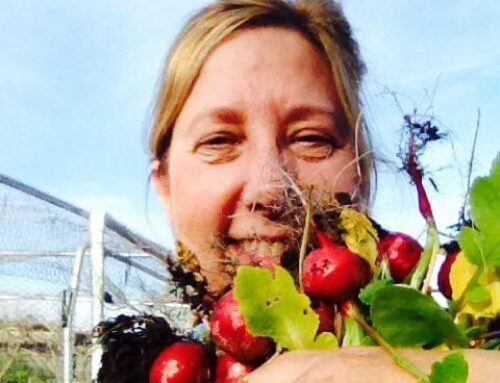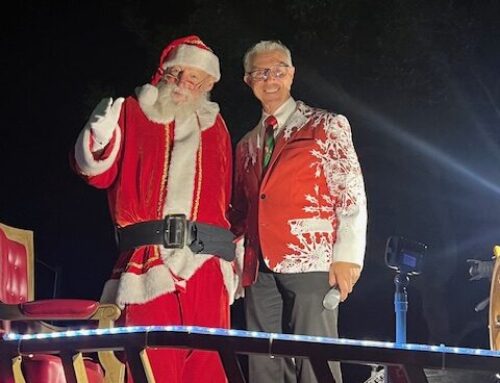Published in the October 10 – 23, 2018 issue of Morgan Hill Life
By Tara McLaughlin

Tara McLaughlin
When most people picture a science fair they see an exploding baking soda and vinegar volcano typical in every movie and sitcom. Surprisingly, I’ve never actually seen a volcano at any of the science fairs I participated in. What I did see was a wide range of exciting projects that cover any area that could be considered science.
Science is a hands-on activity – and working on science fair project to test out a scientific idea (or hypothesis) can be a lot of fun for students.
That’s why I encourage middle school and high school students in the Gilroy and Morgan Hill school districts to participate in the South Valley Science and Engineering Fair.
This safe, inclusive and juried event for sixth through 12th graders in Morgan Hill, San Martin and Gilroy, will be held Jan. 17, 2019 at Britton Middle School in Morgan Hill.
The project registration deadline is Nov. 1, so the month of October is the perfect time to start thinking about possible projects.
Go to www.svsef.net to find out more or to registrar. Project categories are behavioral science, biology, chemistry, engineering/computer science/math, and physics.
In 2012, my science fair project partner, Mark Holmstrom, and I went to three different science fairs to showcase our project on number theory, including the International Science and Engineering Fair (ISEF) in Pittsburg.
 We won awards at each fair on this project and were able to meet students from all over the world who also had a passion for figuring out how things work. They applied scientific principles to things impacting them or ideas that they found interesting and then they were able to present their findings to a panel of international judges.
We won awards at each fair on this project and were able to meet students from all over the world who also had a passion for figuring out how things work. They applied scientific principles to things impacting them or ideas that they found interesting and then they were able to present their findings to a panel of international judges.
Two students from Brazil won fourth place at ISEF with a project titled “Banana Vinegar: A New Alternative to Catch the Fruit Fly.” What interested me about that project in particular is that it was something I could never have ever come up with. Fruit flies are not an issue that impacts me and therefore I have no reason to find a solution for getting rid of them. The two students working on that project were affected by these bugs and developed a new form of pest control to help their community.
One of the beautiful things about science is that it can be applied to any issue, big or small. Most of the world’s problems can be solved using science. Sometimes it may take years, like with medicine, and sometimes a good idea from an innovative scientist can be applied almost overnight.
My biggest take away from my science fair experience was the span of things that can be scientifically explained or understood and the backgrounds of the people invested in those solutions. ISEF has 22 different categories that a project could be entered into.
Students from more than 75 countries, regions, and territories submitted projects.
Each student brought a different perspective and approach to their scientific discovery. Some had amazing educations at expensive schools, others were able to overcome many obstacles and succeed with belief and passion for their subject.
All science fair participants must put in a lot of time and effort to do the research and come up with a clever solution. Mark and I were lucky enough to have support from Dr. Brian Conrey and the people at the American Institute of Mathematics, but any person can do science, it does not matter what background they are from. The only thing stopping most students is the interest in science and belief that someone cares about what they have to say.
Every year, ISEF has about 1,000 science, engineering and industry professionals who come to listen to students and award them on their efforts — and that is just one science fair. A large number of people are out there who are interested in the fresh, new ideas coming from today’s students. All you need to do is get involved. And the South Valley Science and Engineering Fair is a really fun way to do just that.
Tara McLaughlin is a Morgan Hill resident who recently graduated from U.C. Santa Barbara with a degree in chemical engineering. She wrote this column for Morgan Hill Life.






